By Randy Scholfield
South Park is something special. This vast open landscape in western Colorado once was prized hunting lands for the Ute Indians. Today, the area remains a favorite outdoors playground for Colorado hunters, anglers and recreationists as well as a critical source of water for the Denver metro area.
Trout Unlimited and partners are working to keep it that way.
TU, the National Wildlife Federation and Park County officials met last week with Sen. Michael Bennet, who was in South Park to learn more about the BLM’s Master Leasing Plan for the area—part of the agency’s new Planning 2.0 approach, which emphasizes gathering input from local stakeholders early on to avoid, as much as possible, oil and gas leasing controversies.
Over lunch in Fairplay, Bennet heard from the group how much South Park means to its residents, and to the Front Range.
County Commissioner Mark Dowaliby, who like many residents visited the area years ago and never left, noted that Park County is 60 percent public lands. And while the county is staunchly conservative, he said, residents feel strongly about conservation and protecting the area’s natural resources.
The Master Leasing Plan provides an opportunity for locals to give the BLM feedback on what kind of management and protections they’d like to see. In simple terms, an MLP is a zoning plan to help ensure that we conserve our outdoor heritage, protect water supplies, and see that oil and gas development takes place responsibly and in the right places. That includes deciding where drilling shouldn’t occur.
“South Park is a tremendous migratory area,” said Bill Dvorak, a local rafting outfitter, TU member and National Wildlife Federation organizer. The area is home to large herds of deer, elk, pronghorn and moose. “That’s why NWF got involved. We identified this area as a place that needed different rules” for oil and gas leasing.
“This is the backyard of the Front Range,” TU’s Tyler Baskfield told Sen. Bennet. “We have 54 miles of Gold Medal waters, including the Dream Stream and Spinney Mountain Reservoir—and it’s within an hour and a half of anywhere on the Front Range.” The area, he pointed out, is a “huge driver for hunting and fishing in the state.”

Meeting in South Park: Bill Dvorak, Sen. Michael Bennet, TU's Tyler Baskfield
Indeed, South Park generates some $17 million a year in wildlife-related revenue, according to Colorado Parks and Wildlife. Moreover, Denver, Aurora and other Front Range communities depend on South Park reservoirs for more than one-third of their drinking water. That’s why Denver Water and other providers have supported the MLP process.
Sportsmen’s groups like TU and NWF aren’t opposed to responsible energy development. That said, they want drilling done right and carefully sited, because some natural areas are simply too valuable to develop.
South Park has proven underground oil and gas reserves, but the fields are fragmented and disjointed, making extraction more difficult. Still, the reserves are there, and they could be targeted in the future—all the more reason to put in place “smart from the start” rules that clarify what areas can be developed and how.
After the meeting, Sen. Bennet accepted the group’s invitation to do a little fishing on the Elevenmile stretch of the South Platte. While the fishing wasn’t on fire that afternoon, Sen. Bennet managed to land the one fish brought to net by the group—a nice brown trout. The senator called the Elevenmile canyon stretch “spectacular.”

Sen. Bennet fishing in Elevenmile Canyon stretch of South Platte: 'Spectacular' place
Asked what he is hearing from constituents while travelling the state, Sen. Bennet didn’t skip a beat, saying that Coloradans are tired of Washington, D.C.’s dysfunction: “They want us to work together to get something done.”
Maybe D.C. could learn something about the spirit of cooperation here in South Park. While it’s still getting started, the MLP already has prompted diverse local stakeholders, from ranchers to conservationists, to work together on key ideas for protecting public lands, including setbacks from Gold Medal streams and protection of critical game migration corridors, proving that collaboration is the key to solving public land management challenges.
Agency officials are expected to deliver the draft MLP for South Park this fall, which will then be open to further public input. We hope the BLM will stay on track to ensure this important process moves forward in a timely manner.
Thanks to Sen. Bennet for spending time in South Park and for championing the MLP’s collaborative, “smart from the start” approach. He clearly understands the value of South Park and the importance of balancing energy development with protection of our best wild places.
Randy Scholfield is TU’s director of communications for the Southwest region.


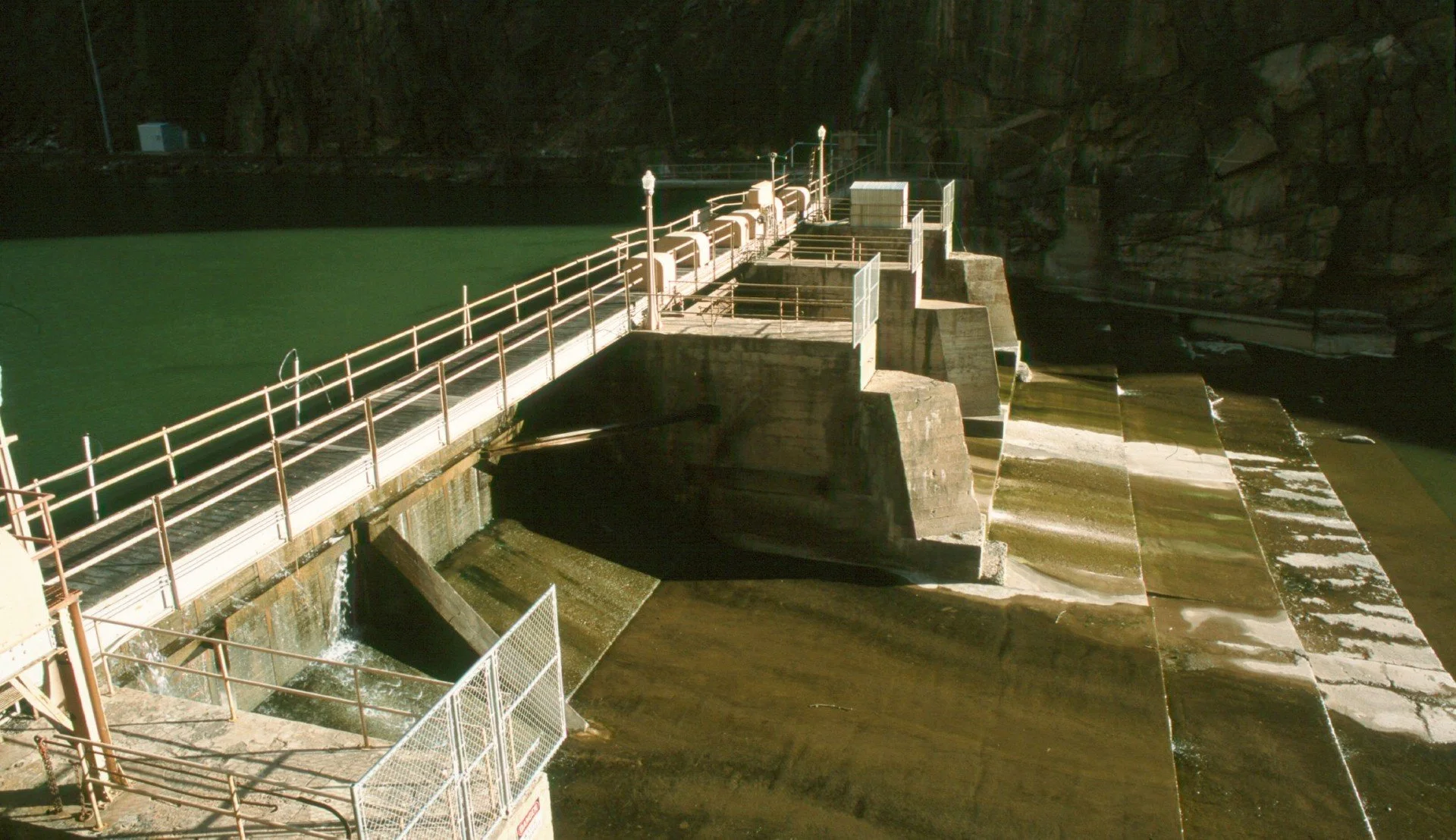
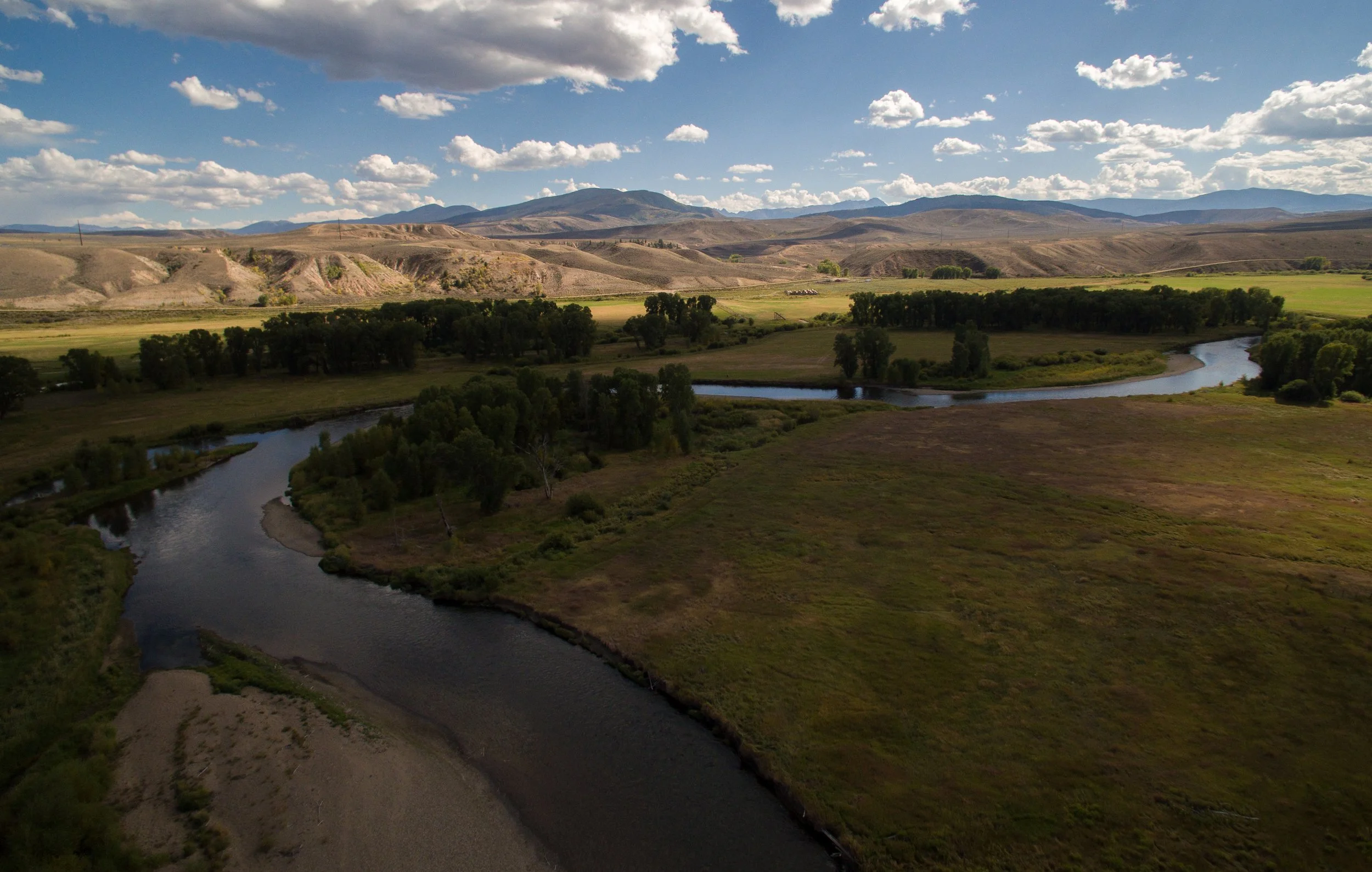
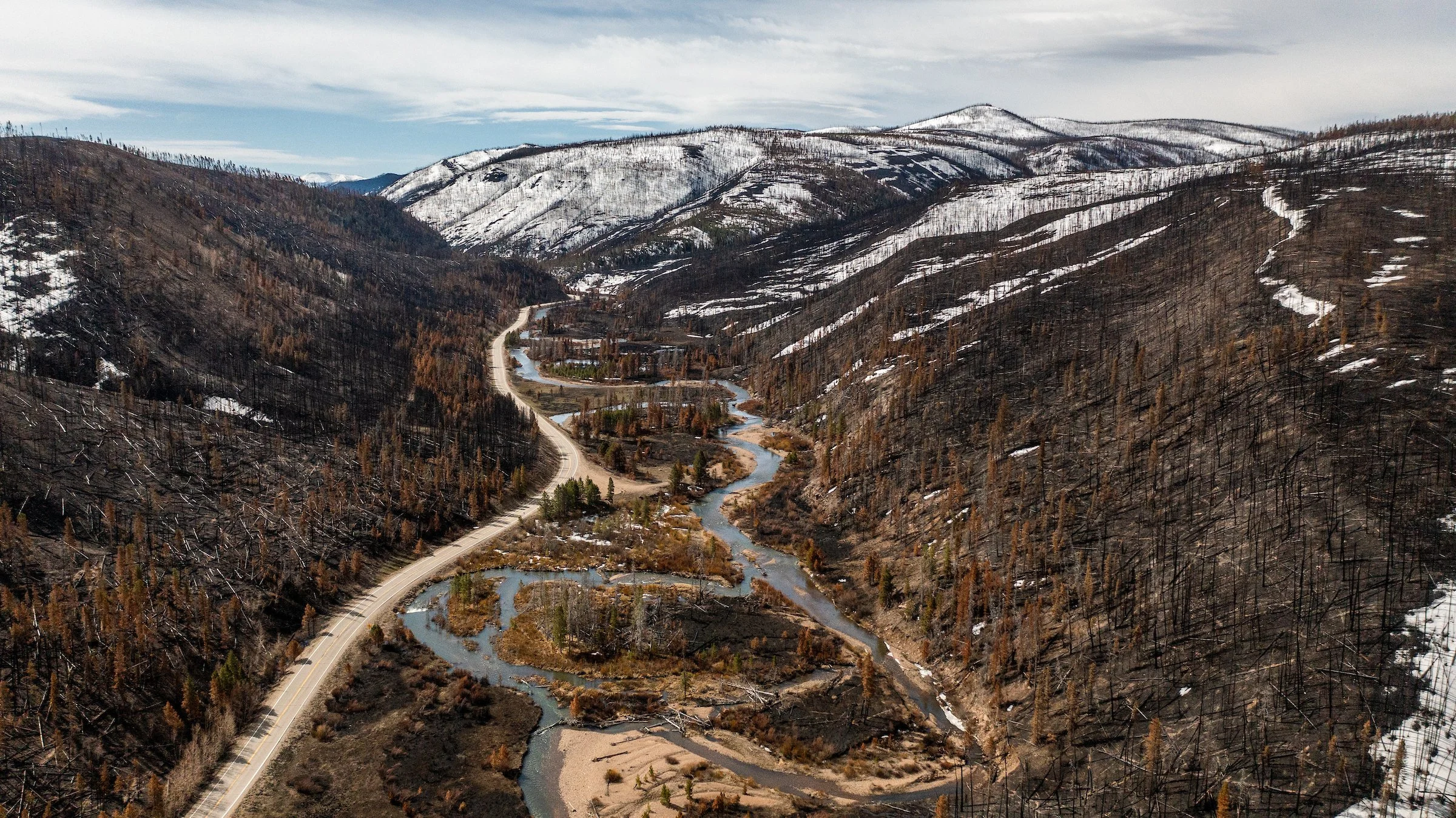


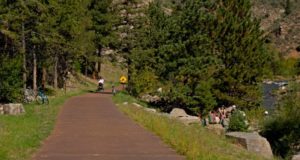 The trail includes not only 3 miles of a paved multiuse trail, but features 3 bridges, 6 new formal river access points and multiple overlooks and boulder seating areas. Other improvements include two new parking lots and an expanded parking lot and restroom at Mayhem Gulch. The parking lots are a key component to bringing a new types of visitor to Clear Creek Canyon; cyclists, hikers and walkers.
The trail includes not only 3 miles of a paved multiuse trail, but features 3 bridges, 6 new formal river access points and multiple overlooks and boulder seating areas. Other improvements include two new parking lots and an expanded parking lot and restroom at Mayhem Gulch. The parking lots are a key component to bringing a new types of visitor to Clear Creek Canyon; cyclists, hikers and walkers.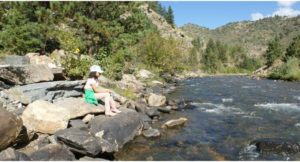 t was encouraging to see extended families walking the trail, leaning over the guardrail at an overlook pointing to trout rising behind a large boulder. Joggers pushing strollers paused at the overlooks on the bridges to catch their breath. Cyclists were numerous and one group took advantage of the informal boulder seating areas to stop for a picnic lunch. There were crowds of climbers at all of the popular areas, and fisherman were ducking in and out of the willows along the banks.
t was encouraging to see extended families walking the trail, leaning over the guardrail at an overlook pointing to trout rising behind a large boulder. Joggers pushing strollers paused at the overlooks on the bridges to catch their breath. Cyclists were numerous and one group took advantage of the informal boulder seating areas to stop for a picnic lunch. There were crowds of climbers at all of the popular areas, and fisherman were ducking in and out of the willows along the banks.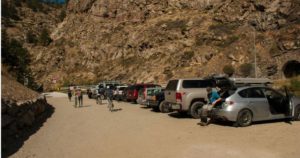 My overall impression of the trail was extremely positive. The materials used through compliment the character of the Canyon. The improved parking areas provide additional spaces and greatly improve visitor safety and the new signage is clear and concise. The biggest improvement; however, is the trail. It allows visitors to disconnect from Highway 6 and truly immerse themselves in the Creek, the Canyon, and the Landscape.
My overall impression of the trail was extremely positive. The materials used through compliment the character of the Canyon. The improved parking areas provide additional spaces and greatly improve visitor safety and the new signage is clear and concise. The biggest improvement; however, is the trail. It allows visitors to disconnect from Highway 6 and truly immerse themselves in the Creek, the Canyon, and the Landscape.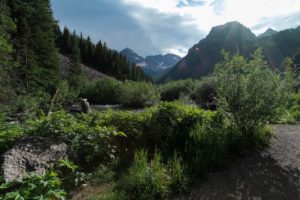 We have always prided ourselves on our ability to work in a bipartisan manner. Since Trout Unlimited was founded in Michigan in 1959, the organization has existed—and grown—through 11 different presidential administrations (29 years Republican, and 28 years Democrat). For example, several clear opportunities exist for us in the new Congress and with the new Trump Administration; these include Good Samaritan legislation to help clean up abandoned mines, a higher priority on water infrastructure improvements, and public land renewable energy legislation.
We have always prided ourselves on our ability to work in a bipartisan manner. Since Trout Unlimited was founded in Michigan in 1959, the organization has existed—and grown—through 11 different presidential administrations (29 years Republican, and 28 years Democrat). For example, several clear opportunities exist for us in the new Congress and with the new Trump Administration; these include Good Samaritan legislation to help clean up abandoned mines, a higher priority on water infrastructure improvements, and public land renewable energy legislation.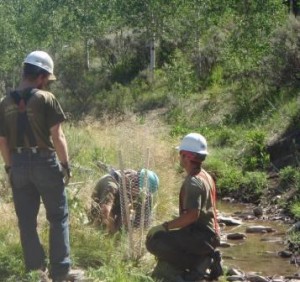
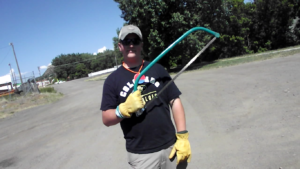 At the
At the 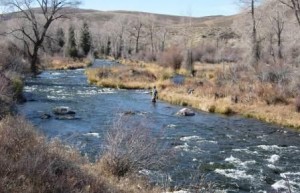
 Over the last decade population studies on the Animas have shown a decline. Although this year there wasn't a turn around, CPW Biologist Jim White told the Durango Herald, "It's been a really nice fish year. It’s definitely been more abundant than years past.”
Over the last decade population studies on the Animas have shown a decline. Although this year there wasn't a turn around, CPW Biologist Jim White told the Durango Herald, "It's been a really nice fish year. It’s definitely been more abundant than years past.” While the Animas is improving, the future of Cutthroat Trout in Hermosa Creek also have a bright future as stream improvements have been made to prepare for Colorado River Cutthroat reintroduction.
While the Animas is improving, the future of Cutthroat Trout in Hermosa Creek also have a bright future as stream improvements have been made to prepare for Colorado River Cutthroat reintroduction.


